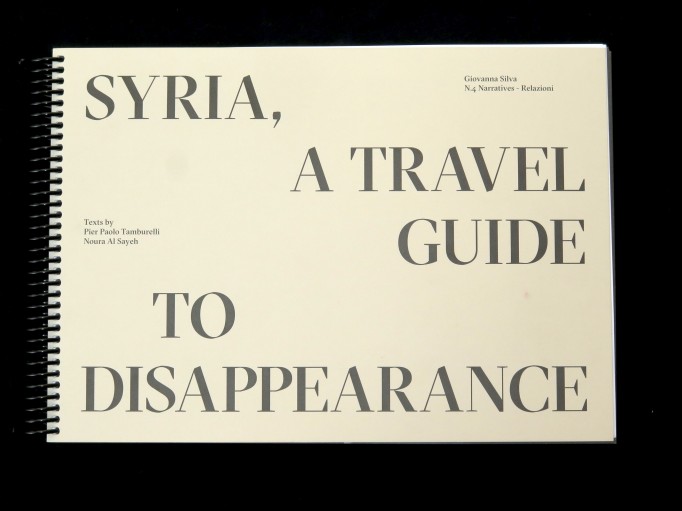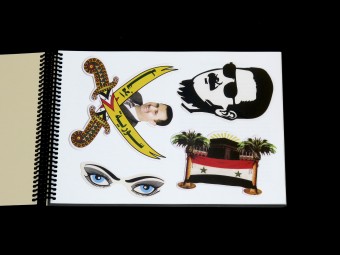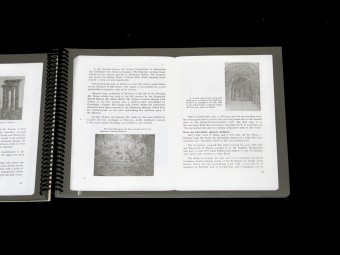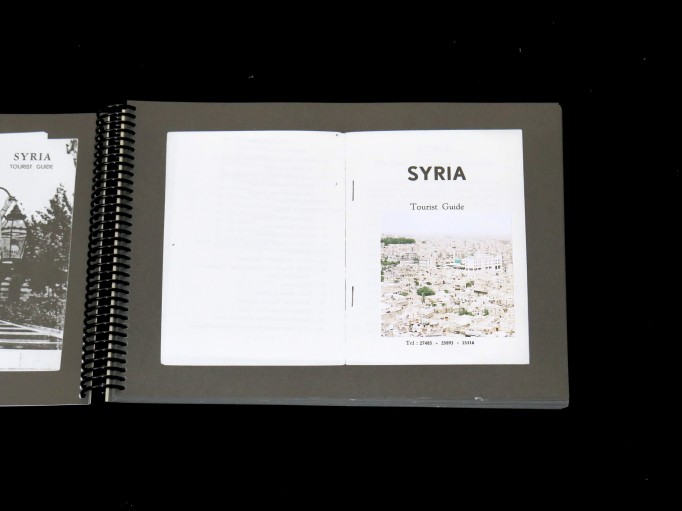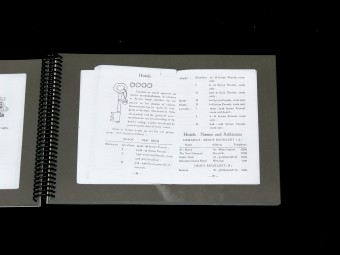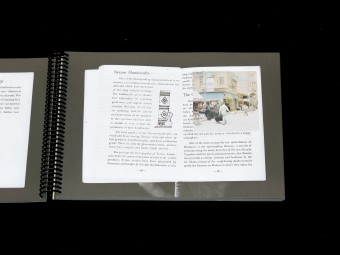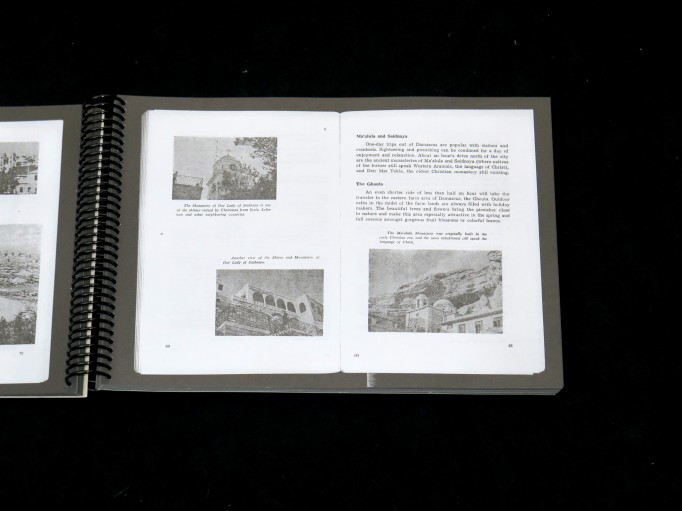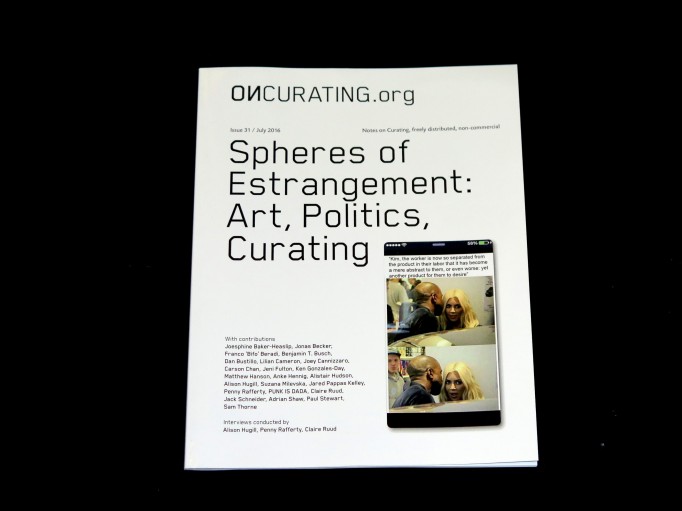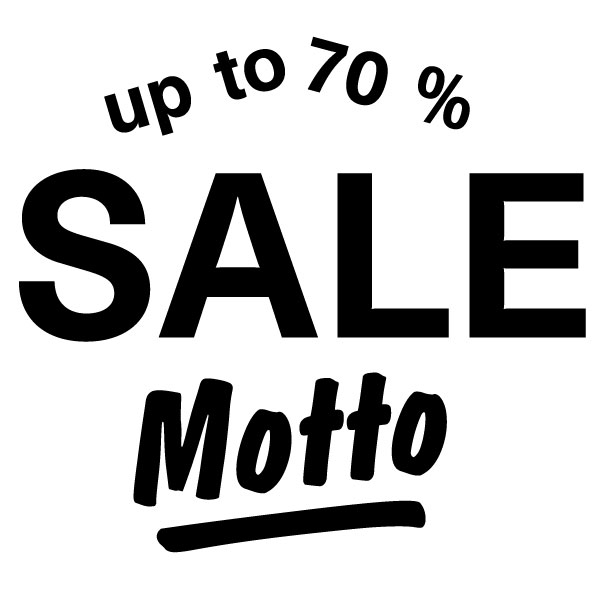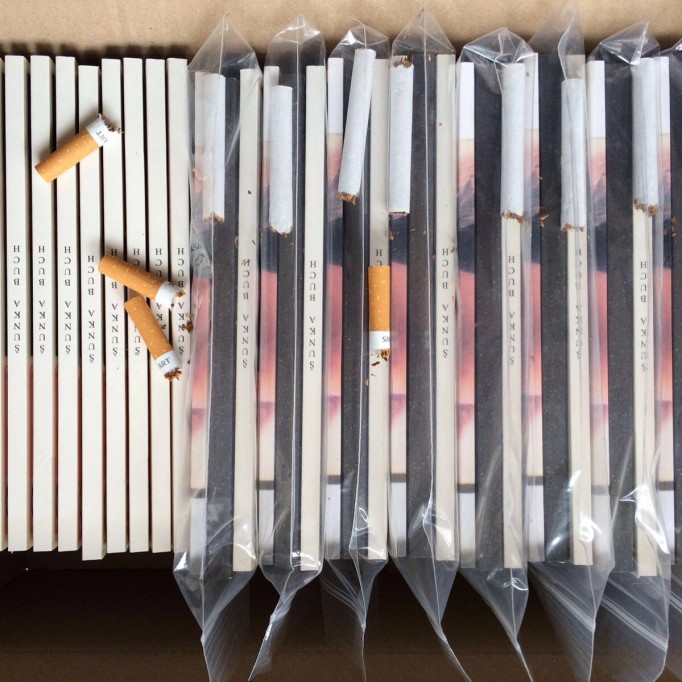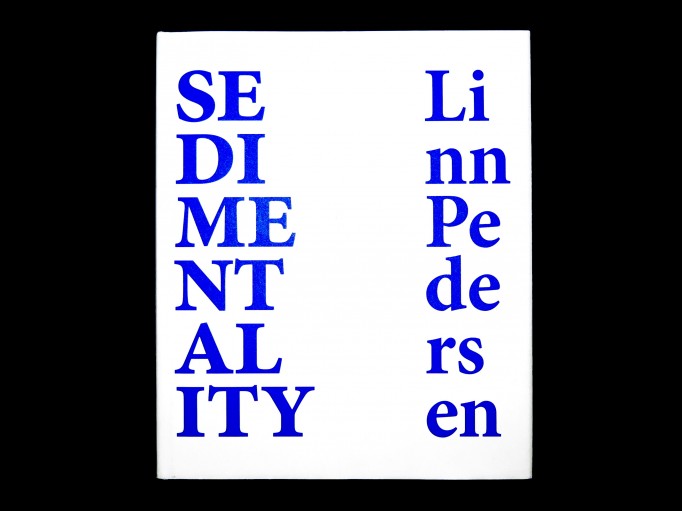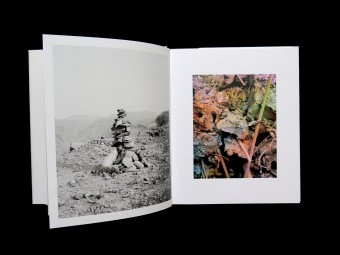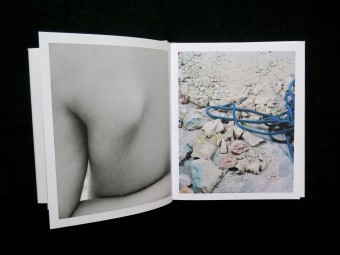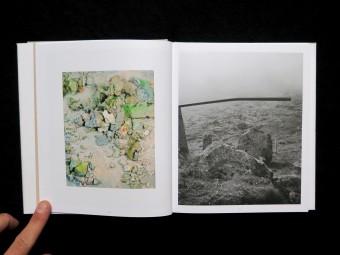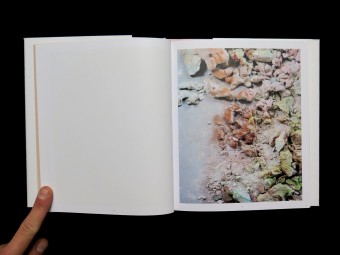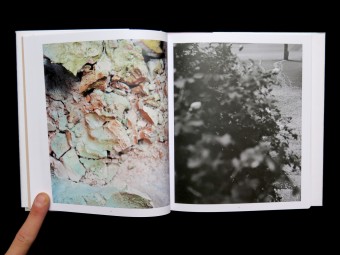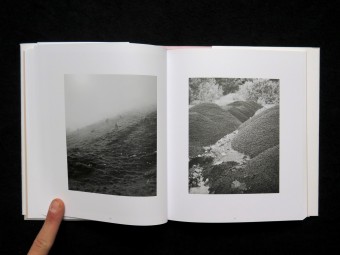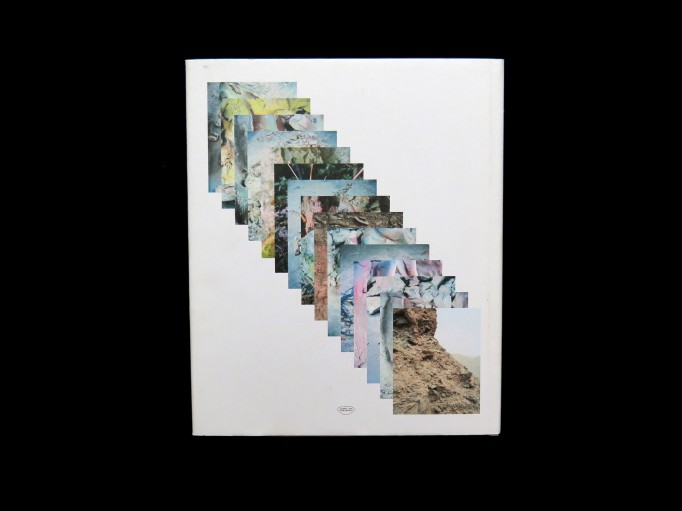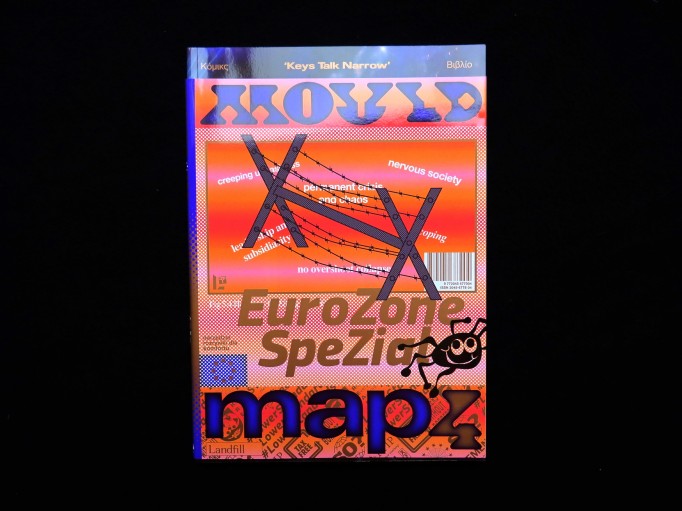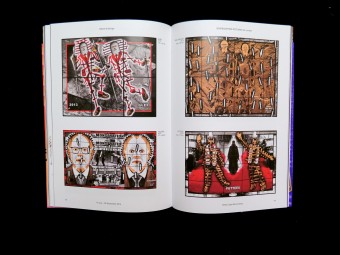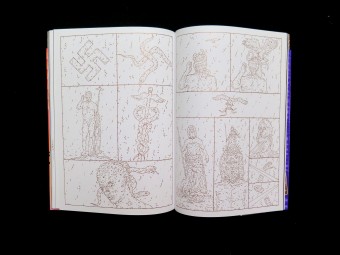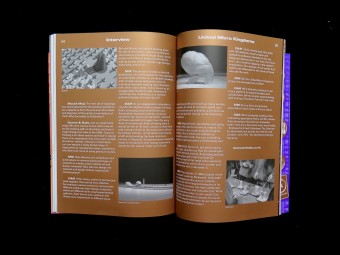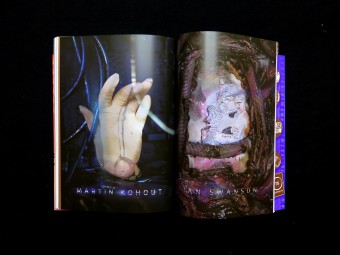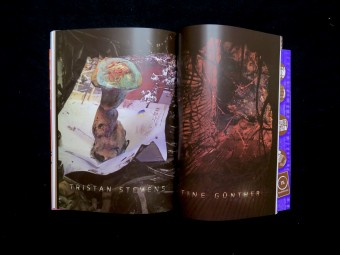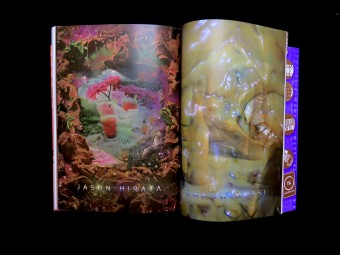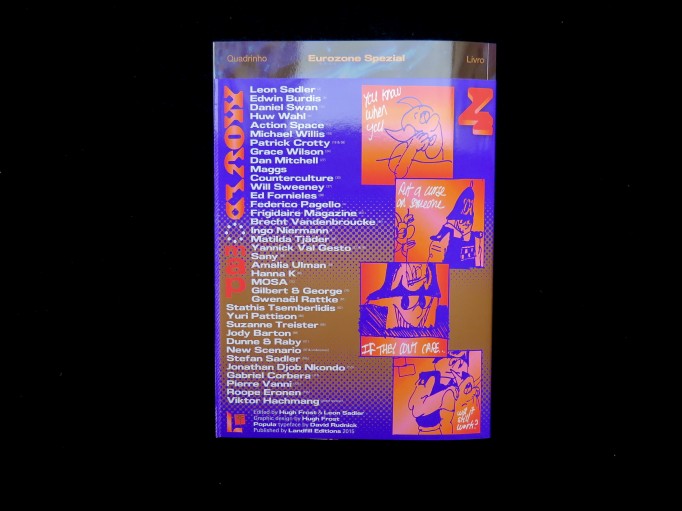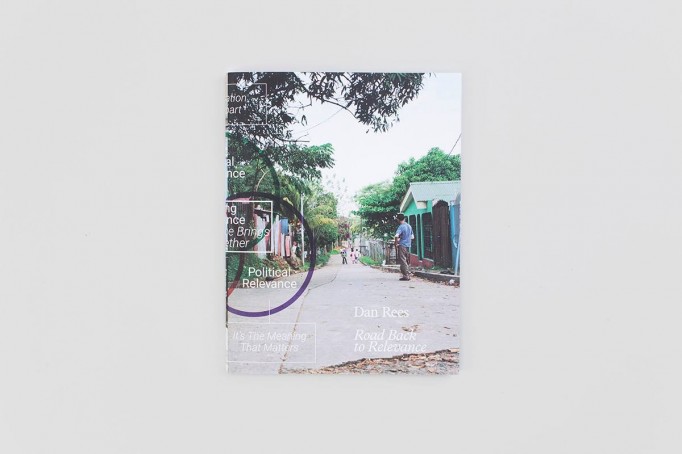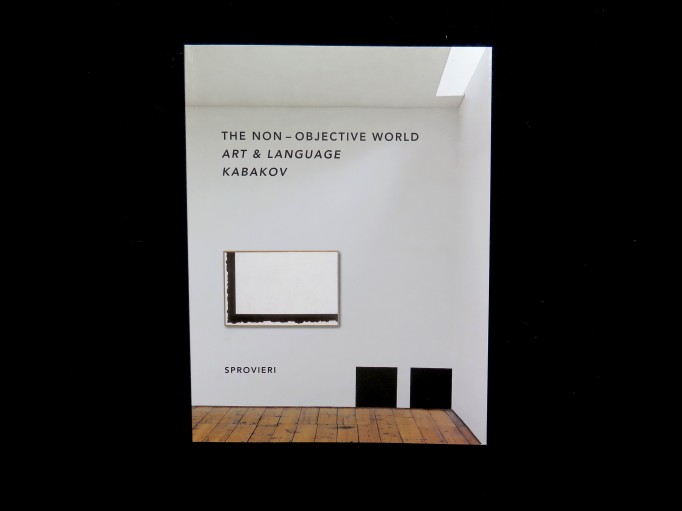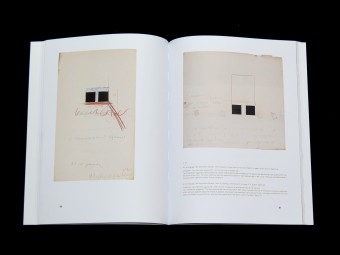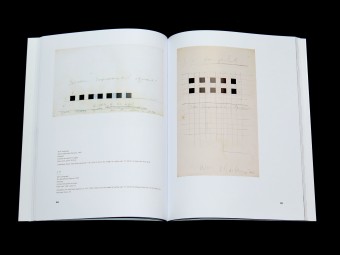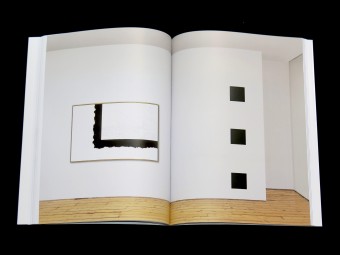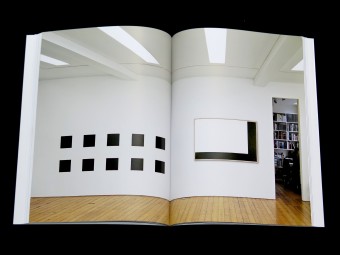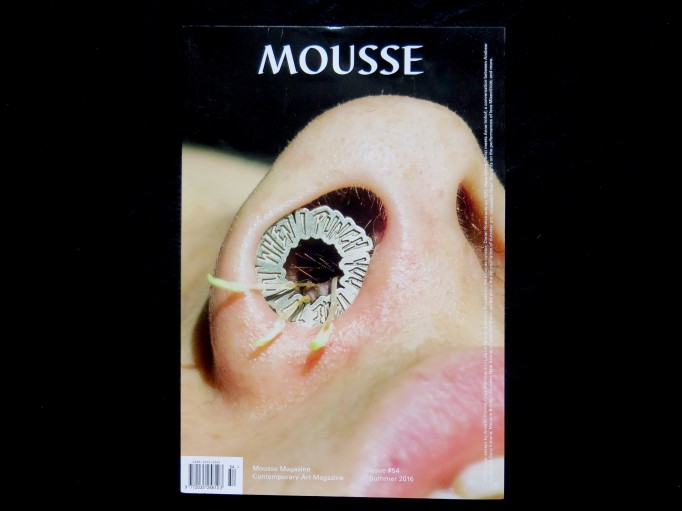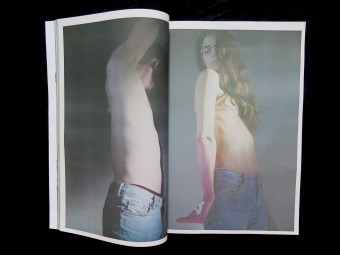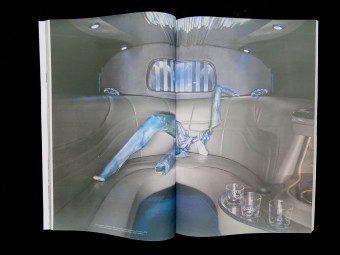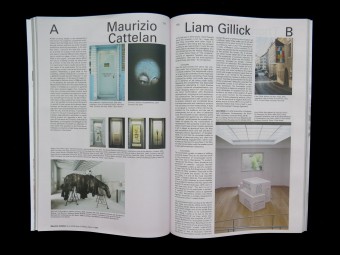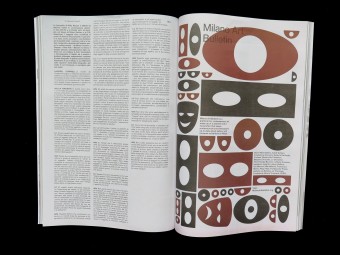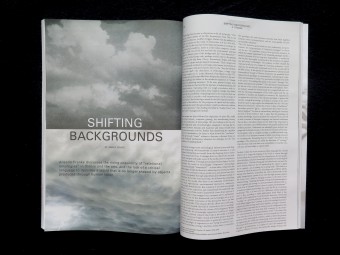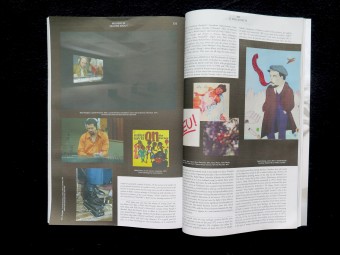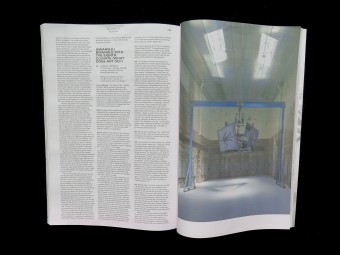Syria, A Travel Guide to Disappearance. Giovanna Silva. Mousse Publishing.
Posted in politics, travel on July 19th, 2016Tags: Giovanna Silva, Mousse Publishing
Texts by Pier Paolo Tamburelli, Noura Al Sayeh
Taken at the height of the Assad days, the images of the photographer Giovanna Silva overlap in this publication with Syrian tourist guides’ images and texts, creating a net of intended and unintended relationships and time interconnections. As Pier Paolo Tamburelli writes in his essay, “Silva’s photo speak of time that is twice lost. […] When I look at them, I can smell that apparently eternal condition of no-change in Syria before 2011. I recognize the omnipresent, idiotic smile of Bashar – at the time still considered the gentle son of Hafez al-Assad (the ophthalmologist who lived in London and did not really wanted to leave to become a dictator and who finally had to substitute the nasty brother probably killed by Mossad). Now that the civil war has erased everything that belonged to that Syria, now that everything changed, I have the impression that that world is way more lost than many other episodes of the past. Both for Syrians and for foreigners the memories of the civil war will occupy all the space that could have been dedicated to these last twenty years of Syrian history. […] Not only are those moments gone, but they will not be remembered. The boredom of that period entirely disappeared in the cruel excitement of the war. The pictures are a strange homage to a lost world”.
€25.00

